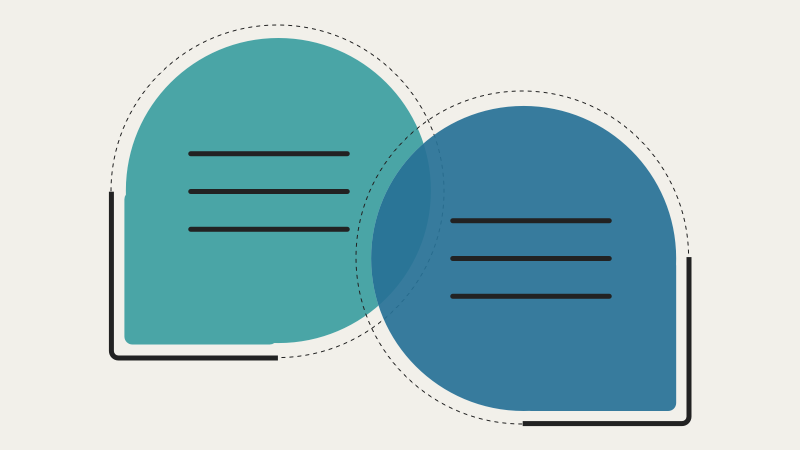
Starting to design your site, but not quite sure what to include in your process?
Whatever you do, don’t skip a design reviews. They are an essential part of any website design process and allow designers to:
- Get feedback from stakeholders
- Ensure that the design meets the project’s requirements, and
- Make the necessary changes to a design before it’s been finalized
However, running a design review can be tricky since subjective opinions and personal preferences can get in the way of making objective decisions. In order for a design review to be as productive as possible, it’s important to provide context and criteria on how to make decisions.

What to Consider
Brand Guidelines
Brand guidelines are a set of rules that define how a brand should be represented visually and may include:
- Typography
- Color palettes
- Imagery, and
- Other design elements that are unique to your brand
Brand guidelines ensure that all visual representations of the brand are consistent and cohesive, regardless of the designer or agency working on the project. By providing brand guidelines during a design review, you can ensure that the designer meets the brand’s visual identity and standards.
For example, if a designer is working on a website for a coffee shop, the brand guidelines might include a color palette of browns, oranges, and yellows, as well as imagery of coffee beans and baristas. During a design review, the designer can refer to your guidelines to ensure that the website design meets the brand’s visual identity and standards. This criterion matters because brand consistency is important for building brand recognition and loyalty. When a brand is visually consistent, your audience is more likely to remember it and trust it.
User Experience
User experience refers to the overall experience that a user has when interacting with a product or service. This includes factors such as ease of use, functionality, and visual appeal. UX design aims to create products that are user-friendly, intuitive, easy to use, and accessible.
During a design review, you should be thinking about whether the design meets the needs of your target audience. For example, if your organization is looking to launch a new app featuring its work, you may want to consider the size of the buttons, the ease of navigation, and the clarity of the text. After all, user experience is the key to user satisfaction and retention.
Accessibility
Accessibility refers to the design of products and services that are usable by people with disabilities, which includes those with low vision or hearing impairments. Accessibility is important for ensuring that everyone can access and use your services, regardless of their abilities.
Discussions about accessibility should happen early in the design process and prioritize accessibility standards. For example, you need to consider the contrast between text and background, the use of alt text for images, and the inclusion of captions for videos. By discussing accessibility during a design review, you and the designer can ensure that the design meets all legal requirements and is inclusive and accessible for all users.
Organization Objectives
What is your organization looking to gain from a new web design? Maybe you need to increase traffic on the site, fundraise, or simply increase brand awareness. By understanding what you hope to gain from a web design, your designer can ensure that the design aligns with your organization’s goals and objectives.
However, identifying your objectives may be the most challenging task. A common issue in the design process is satisfying the many stakeholders involved. It’s important to establish clear goals and objectives for the design project and communicate them to all team members involved. This can help focus discussions on the design’s effectiveness in meeting those goals rather than personal preferences.
Final Word
Ultimately, the success of a design project is measured by its ability to meet the needs of your organization and inspire your target audience to act on what you’re asking of them. Without clear guidelines and criteria, it’s easy for personal preferences to take over and create disagreements. The design review process is almost as important to the success of a web design project as the design itself. So, do yourself a favor and don’t cut corners on building a quality review process.
Further reading and resources:
- 5 Tips for Successfully Working with a Website Design Committee (Without Losing your Mind!)
- Building A Content Strategy with Your Audience in Mind
*We’re experimenting with AI and had it help us draft this blog post
